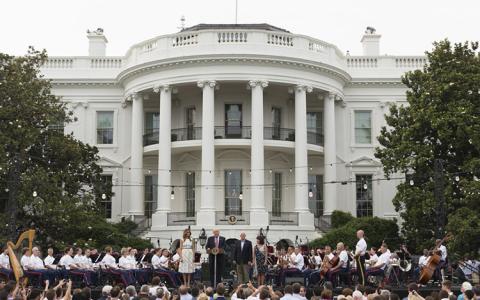
Gregory V. Kanarian, CFA®
Vice President, Investment Strategist –
Natixis Investment Managers Solutions
The flip of the calendar brings a fresh set of tax rules and financial planning opportunities. When the Tax Cuts and Jobs Act (TCJA) of 2017 was implemented, many people enjoyed tax breaks. Now, several TCJA provisions are slated to sunset at the end of the year if Congress doesn’t act. Read on for an overview of important changes and what to expect from President Trump’s tax agenda.
Key takeaways:
- Federal income tax rates remain unchanged this year with the top tax bracket at 37% for those earning over $751,600 (married filing jointly).
- If the TCJA expires, individual filers will see a rise in income tax rates and a lower standard deduction.
- Several provisions of the SECURE Act 2.0 took effect in January 2025. Employees aged 60–63 can now contribute an extra $11,250 to their 401(k) on top of the standard $23,500 limit.
Federal income tax rates aren’t changing
In 2025, federal income tax rates remain unchanged with the top tax bracket at 37% for those earning over $751,600 (married filing jointly). Slight adjustments to the tax brackets mean an individual could earn a bit more in 2025 without seeing an increase in their marginal tax rate. This will be the last year under the current tax regime, as the TCJA is set to sunset on December 31.
If the tax regime reverts to the pre-2017 structure, those earning between $200,100 and $304,950 will face the most significant impact – a 4% tax increase, with the rate rising from 24% to 28%.
READ THE REST



